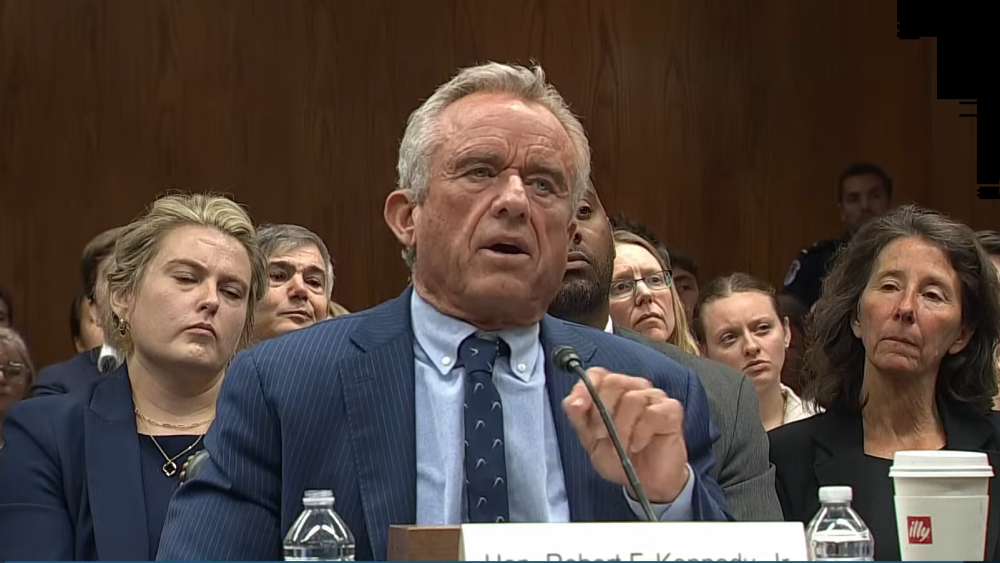As COVID-19 activity continues in Canada, we are tracking a range of epidemiological indicators to monitor where the disease is most active, where it is spreading and how it is impacting the health of Canadians and public health, laboratory and healthcare capacity.
OTTAWA, ON, June 23, 2021 /CNW/ - As COVID-19 activity continues in Canada, we are tracking a range of epidemiological indicators to monitor where the disease is most active, where it is spreading and how it is impacting the health of Canadians and public health, laboratory and healthcare capacity. At the same time, the Public Health Agency of Canada is providing Canadians with regular updates on COVID-19 vaccines administered, vaccination coverage and ongoing monitoring of vaccine safety across the country. The following is a brief summary on national numbers and trends, and the actions we all need to be taking to reduce infection rates while vaccination programs expand. As well, the latest release of national data on opioid and stimulant-related harms, discussed below, is a tragic reminder that there are broader health impacts associated with the pandemic.
Since the start of the pandemic, there have been 1,410,206 cases of COVID-19 and 26,155 deaths reported in Canada. The latest national-level data show a continued downward trend in disease activity with an average of 862 cases reported daily during the latest 7 day period (June 16-22), down 31% compared to the week prior.
With the considerable decline in infection rates nationally, the overall number of people experiencing severe and critical illness is also steadily declining. Provincial and territorial data indicate that an average of 1,197 people with COVID-19 were being treated in Canadian hospitals each day during the most recent 7-day period (June 16-22), including 557 of whom were being treated in intensive care units (ICU). During the same period, there were an average of 19 COVID-19 deaths reported daily.
Until vaccine coverage is sufficiently high to impact disease transmission more broadly in the community, it is important to remain vigilant as jurisdictions begin easing restrictions. Regardless of our vaccination status while COVID-19 is still circulating, I urge people across Canada to continue following local public health advice, and consistently maintain individual practices that keep us and our families safer. You can read my backgrounder to access more COVID-19 Information and Resources on ways to reduce the risks and protect yourself and others.
Throughout the COVID-19 pandemic, we have been continuing to monitor its broader impacts on other serious issues affecting the health and wellbeing of people across Canada. Sadly, new national data released today shows that the ongoing overdose crisis continues to worsen significantly during the COVID-19 pandemic, taking an immeasurable toll on families, friends, loved ones, colleagues and communities across Canada. The data confirms that 2020 was the worst year for overdoses in Canada since the Public Health Agency of Canada began monitoring the crisis in 2016. The numbers are disturbing. Last year, 6,214 people died due to opioid-related overdoses. On average, 17 people died and 14 were hospitalized every day as a result of opioids. Updated modelling projections also suggest that this trend may continue or worsen throughout the remainder of 2021.
A number of factors have contributed to the worsening of the overdose crisis during the COVID-19 pandemic. These include the increasingly toxic and unpredictable illegal drug supply, feelings of isolation, stress and anxiety, limited availability or accessibility of services for people who use drugs, and the risk that people will use drugs alone with no one there to help if needed.
Today, I, along with Dr. Jennifer Russell, New Brunswick's Chief Medical Officer of Health, issued a joint statement as co-chairs of the Special Advisory Committee on the Epidemic of Opioid Overdoses on the new data. In order to urgently address the increasing substance-related harms in Canada, we must continue to recognize substance use as a health and social issue and treat people who use drugs with dignity, compassion and respect. Importantly, this means we must all work to remove barriers so that people who use drugs have access to supports they want and need. At the same time, it is critical to increase access to life-saving services like take home naloxone, harm reduction, safer supply programs, and treatment services. For example, I am encouraged to see 18 federally-funded safer supply projects being implemented in British Columbia, Ontario, Quebec, New Brunswick and Nova Scotia. We can all do our part to end stigma by changing the way we speak about substance use so people feel supported to reach out for help and learn more about the signs of an overdose and what to do if you witness one. These actions can help save lives, and are needed now more than ever due to the compounding public health impacts of the pandemic.
SOURCE Public Health Agency of Canada




